✯ 天神信仰の信者 ✯ 自己紹介 ✯ 𝙰𝚋𝚘𝚞𝚝 𝙼𝚎 イリヤ、26歳 ✯ 𝙸𝚕𝚢𝚊, 𝟸𝟼 ロシア系アメリカ人✯ 𝚁𝚞𝚜𝚜𝚒𝚊𝚗-𝙰𝚖𝚎𝚛𝚒𝚌𝚊𝚗 日本語 ✯ 𝙴𝚗𝚐𝚕𝚒𝚜𝚑 𝚃𝚎𝚗𝚓𝚒𝚗 𝙸𝚗𝚏𝚘 𝙼𝚘𝚋𝚒𝚕𝚎 𝚅𝚎𝚛𝚜𝚒𝚘𝚗 𝚃𝚊𝚐 𝙿𝚊𝚐𝚎 𝙼𝚘𝚋𝚒𝚕𝚎 𝚅𝚎𝚛𝚜𝚒𝚘𝚗 𝙱𝚕𝚞𝚎𝚂𝚔𝚢 𝚂𝚘𝚌𝚒𝚊𝚕 𝙼𝚎𝚍𝚒𝚊
Don't wanna be here? Send us removal request.
Text












A Tale of Land and Sea: My Visit to the Munakata Taisha – Okitsu-miya Yohaisho
I recently visited the Munakata Taisha, specifically the Okitsu-miya Yohaisho shrine, which only opens twice a year—lucky me, I arrived when it was closed! I could only peer at the beautiful shrine through its closed doors and windows, but even from the outside, the view was stunning. The land and sea met in perfect harmony, creating a peaceful atmosphere. There were only a few people around, giving the place an air of quiet mystique. While I couldn’t enter, the serenity and the magical fusion of land and sea made the visit worthwhile. Maybe next time, I’ll catch it on one of its rare open days!
—Emmy
9 notes
·
View notes
Text
Kyoto
Heian Jingū
Enshrined Kami: Emperors Kanu and Komi, the first and last emperors to reside in Kyoto
Prayers Offered: Peace, the well being of the family, and protection against danger

Heian Jingu enshrines Emperor Kanmu (r. 781-806), who created Heiankyo (present-day Kyoto). While he was the only kami enshrined when the shrine was built in 1895, Emperor Komei was added in 1940 on the 2,600th anniversary of the nation’s founding. It was an unusual case, in which one emperor was enshrined as a kami more than a thousand years after his death, and a second emperor (only distantly related to the first) some forty-five years later. The shrine was established as much as a commemorative emblem of the past glory of Kyoto as a religious institution. Of course, it is not the only one in Japan to enshrine emperors. But the others are simply shrines, whereas Heian Jingu is strongly symbolic, dedicated to both the founder of the old capital and the last emperor to reside there. Kanmu is revered as a clever and creative leader who built the city that was the center of Japanese culture for the better part of a thousand years. Komei, on the other hand, is best known for his anger at the forced entry of Commodore Matthew Perry’s black ships in 1853 and the edict he issues in 1863—impossible by then to obey—to “expe, the barbarians.” By the time of Komei’s death at the age of just thirty-five in 1867, the country was in disarray, and the wholesale import of Western culture into Japan had begun. But what was hardest for the citizens of Kyoto to swallow was the prospect of the young Emperor Meiji relocating to the country’s new eastern capital, Tokyo.
—Pages 106-107

Hirano Jinja
Enshrined Kami: Imaki no Sume Ōkami, Kudo no Ōkami, Furuaki no Ōkami, Hime no Ōkami
Prayers Offered: To find love and marriage, revitalization and new beginnings, protection against danger, and safe childbirth

The four kami enshrined in Hirano Jinja are neither widely known nor well understood. The shrine describes Imaki okami as a god of revitalization, Kudo okami as a deity of the cooking pot, Furuaki okami as a deity of new beginnings, and Hime no okami as a deity of fertility and discovery. The Engishiki (967) mentions the shrine as guardian of the imperial household kitchen. It seems that Emperor Kanmu gathered these kami together in one shrine and founded Hirano Jinja in the northwest corner of Kyoto to act as a protector of both the city and of the imperial court. Kitabatake Chikafusa (1293–1354) was apparently the first to consider the kami as ancestral, assigning them to the Tahira, Minamoto, Oe, and Takashina branches of the imperial line…Shinto scholar Ban Nobutomo (1773–1846), in his research into banshin (foreign kami), stated that the kami of Hirano are ancestors of the Paekche dynasty. However a spokesman for the shrine believes Nobutomo erred in his translation of certain words, which drew him to an erroneous conclusion. A related theory identified Hime no Ōkami with the mother of Kanmu, Takano no Niikasa. If so, it may be one reason why Kanmu, whose mother was descended from a Korean king of Paekche, valued the shrine. Perhaps incidentally, the term ���Imaki” is applied to Korean immigrants in the Nihon shoki…
…considered “eminent kami”…received regular offerings from the imperial palace. The kami of Hirano were considered very powerful, and the hereditary priests who controlled the shrine were from a clan of tortoise-shell diviners called the Urabe. Tortoise-shell divination (kiboku), imported from China through Korea, became one of the main forms of divination regulated under the Council of Kami Affairs (jingikan). The Urabe were an important clan of hereditary Shinto priests (jingidoke) considered one of the “three houses of Shinto” along with the Shirakawa and Nakatomi clans. They divided into the Hirano and Yoshida clans, with the Yoshida becoming one of the most influential kami clans throughout the late medieval and Edo periods. The Yoshida controlled the right to appoint new priests and rank shrines. The Hirano were transcribers of the classics and experts on the Nihon shoki. A compilation of research, called Shaku Nihongi, written by Urabe Kanekata, earned the family the sobriquet “house of the Nihon shoki.”
—Page 109
…In the Heian period it was considered one of the “major seven” shrines, along with Ise, Iwashimizu, the Kamo shrines, Matsuo, Fushimi Inari, and Kasuga. It was associated with a shinbutsu shugo (syncretistic) belief known as the “thirty tutelaries” (sanjubanshin), which originated with the Tendai monks of Mount Hiei in the ninth century. This was a belief that thirty kami (presumably chosen by Tendai monks) alternated daily to protect the Lotus Sutra. The kami of Hirano was also included in this grouping.
—Pages 110

Iwashimizu Hachimangū
Kami Enshrined: Hachiman okami (also known as Hondawake no mikoto and associated with Emperor Ojin), Hime okami, and Jingu Kogo (Okinagatarashihime no mikoto).
Prayers Offered: Protection against danger, safe childbirth, and the attainment of goals.

Iwashimizu represents the emergence of Hachiman as a god of war as well as exemplifying the Kami’s identification with Buddhism. It is also significant as the the kami’s second enshrinement close to a capital city and seat of power. (For the beginnings of Hachiman worship, see the entry for Usa Jingu.) The first was in Tamukeyama Hachimangu in Nara as protector of the Great Buddha of Todaiji in 752. After that time, the connection between Hachiman and the imperial court grew stronger. In 855 Hachiman was again called upon to “protect the nation” when the head of the Great Buddha of Todaiji suddenly fell off during an earthquake. Emperor Montoku launched a campaign to rebuild the Buddha shortly afterward and the first place he turned for assistance was Usa Jingu. For the first time the imperial message addressed Hachiman as “awesome Daibosatsu” (great Buddha) and called upon him to “protect the emperor [country] to eternity.” At the same time, a statement was issued that the kami who assisted in this project would gain “merit” (in the sense of Buddhist enlightenment). It was an important step in acknowledging kami as “trace” manifestations of the “original ground” (honji-suijaku) of the Buddha.
—Page 112
There is an interesting story related to the bamboo of Otokoyama. In 1880 Thomas Edison sent one of his researchers, William H. Moore, to Japan in search of good bamboo to use as light bulb filaments. It is said that he had tested six thousand materials, but the bamboo taken from a fan lasted the longest—200 hours. Moore was directed to Kyoto and more specifically Otokoyama, and the bamboo he found there made a filament that lasted close to 1,200 hours. Ironically, the rock that makes up Otokoyama is a poor surface for growing bamboo, as a result of which the type that grows there is harder than normal. It became part of Edison’s incandescent lamp for the following ten years, and the inventor maintained close ties to Japan… It is strange to think that the mammoth Japanese electric industry began with Edison, and that Edison’s light bulb began with the grace of the kami of Iwashimizu Hachimangu. Today there is a monument to the inventor on Otokoyama, and a Festival of Light has been observed since 1999. It is also possible to purchase ema votive plaques bearing an image of Edison.
—Pages 113-114

#Heian Jingū#Heian Jingu#Hirano Shrine#Iwashimizu Hachimangū#Iwashimizu Hachimangu#Shinto#Shinto Shrines A Guide#Photos#Kami#shinbutsu shugo#Buddhism#Thomas Edison
2 notes
·
View notes
Text
🇯🇵 Yasaka Shrine 八坂神社
68 notes
·
View notes
Photo
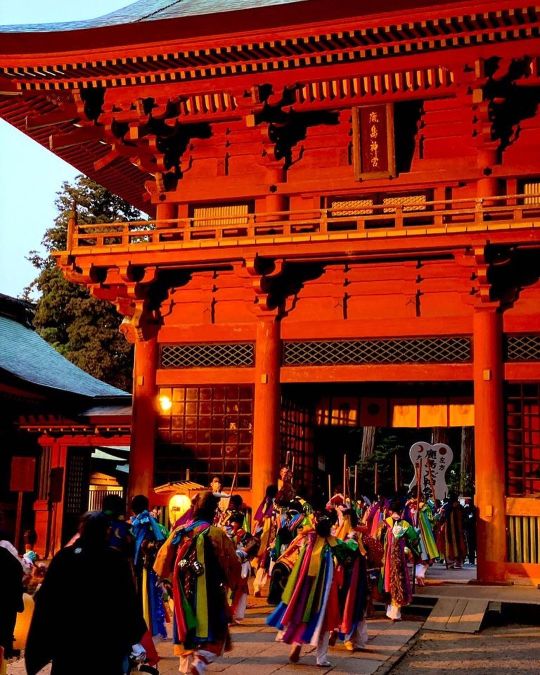
先週末は鹿島神宮へ。
知人息子が役付きとのことではじめて祭頭祭を見てきたが、ふだんの修験系の火渡祭とかと比べると色んな意味ですごく独特な感じが興味深かった。
前年に竹割神事で選出された区の子供が2人、大総督として選ばれ、一年かけて準備に関わり、大名行列の如く練り歩く。
一方で明治に入るまでは神宮には物忌の巫女が存在し、これも2人選出されて百日潔斎ののち、亀卜でどちらかを巫女として選出したと伝えられているので、祭の原型はおそらくここにある。
神仏習合時代にどのような形をなしていたのか、奥宮の神様も「神仏習合!」と言われてるようなのでなおさら気になる次第。
#鹿島神宮 #神仏習合 #神道 #祭 #japan #shrine https://www.instagram.com/p/Cp-LH9-pYKi/?igshid=NGJjMDIxMWI=
3 notes
·
View notes
Text
「祓 儀礼と思想」展ほか
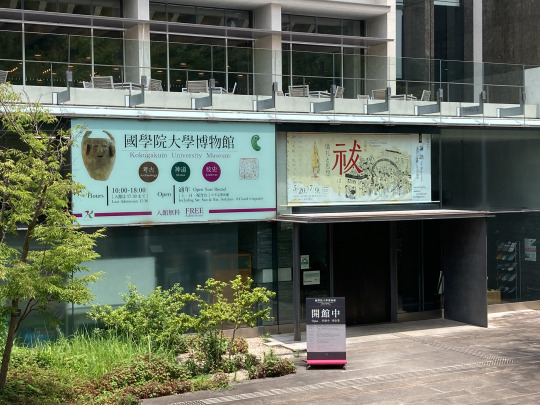
國學院大學博物館で「祓 儀礼と思想」展および常設の考古展示を見る。
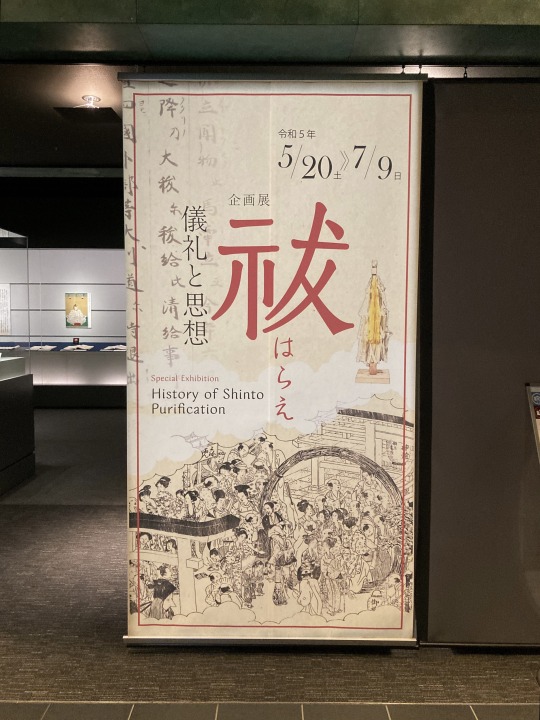
企画展は、神道の重要な儀礼である「祓(はらえ)」の歴史をたどる展示である。祓は悪いものや穢れたものを除去するために行われる。その発想からして自分には相容れないものを感じて拒否反応が出そうになる(自分は祓う側でなく祓われる側だろうし、たとえそうでなくとも、祓われる側には祓ってはならない人や物事も含まれるだろうと思うので)。
とまれ思想の是非は棚上げして展示物を見ると、呪術的思考が凝った儀式や用具を生み出す様子が想像できる。あまり簡素にすぎても有り難��や効果が薄そうに感じられるだろうし、煩雑すぎても不便だろうから、儀式の手数はほどよいところに落ち着くのだろうと思った。
神道の思想は自分にとってあまり感心できないものだが、日本に生まれ育ってしまったからにはある程度知っておく必要もあるので、お勉強のために図録を購入した。
考古展示のほうは精神的苦痛を感じずに鑑賞できた。土器のコレクションはボリュームがある。
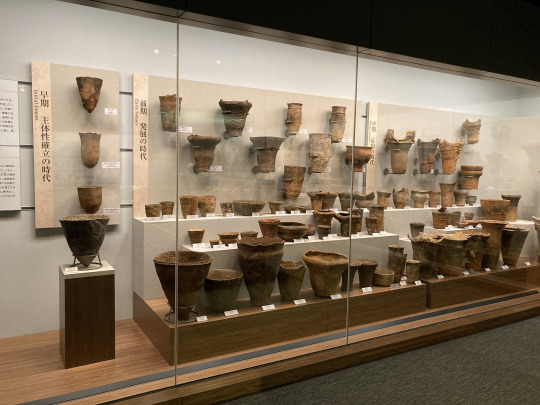


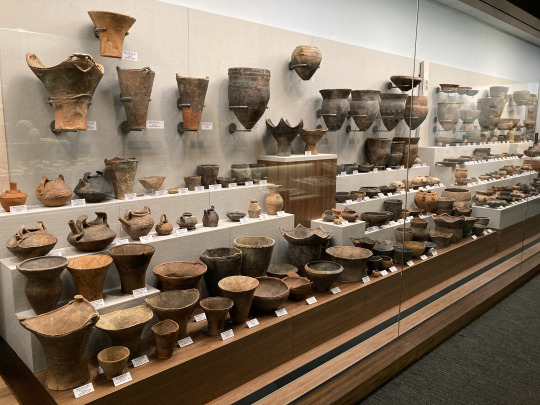
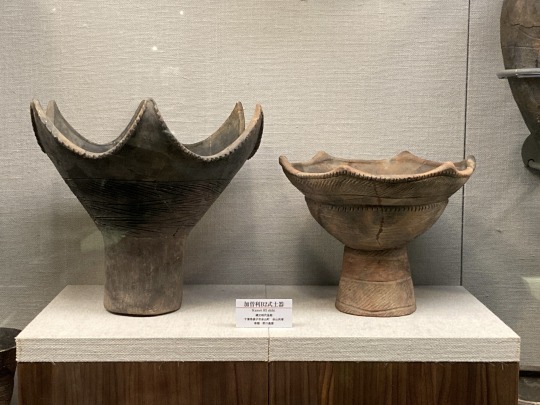
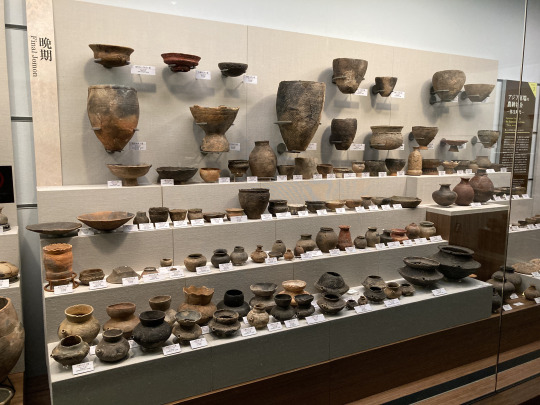
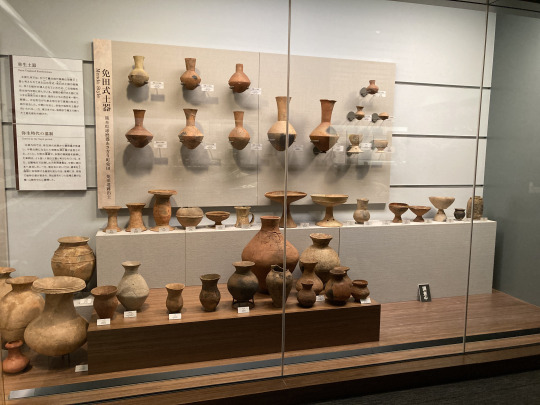


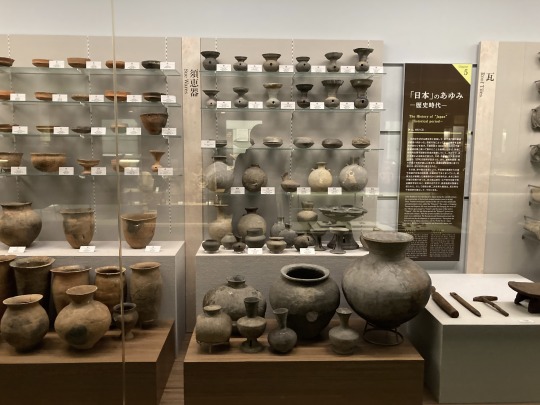
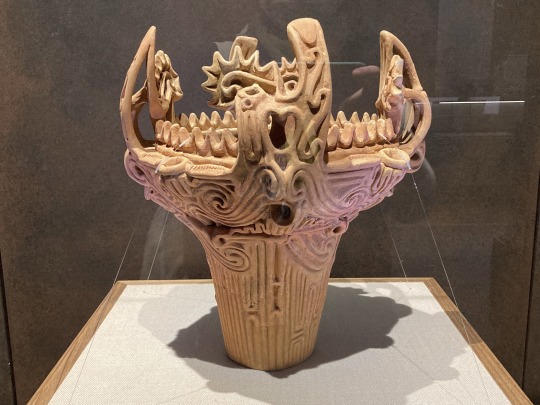
瓦のいろいろ。

装身具など。
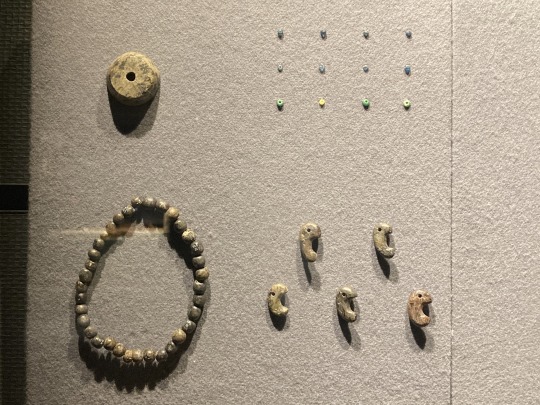
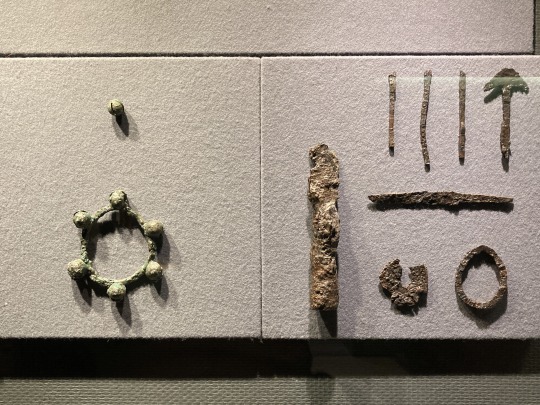
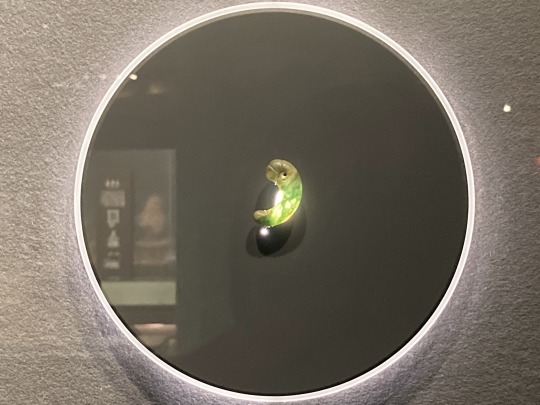
土偶に埴輪。
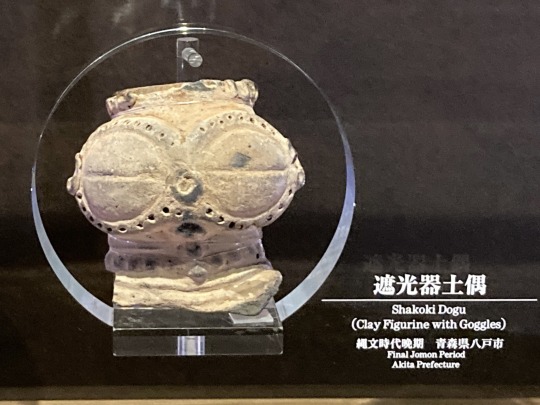
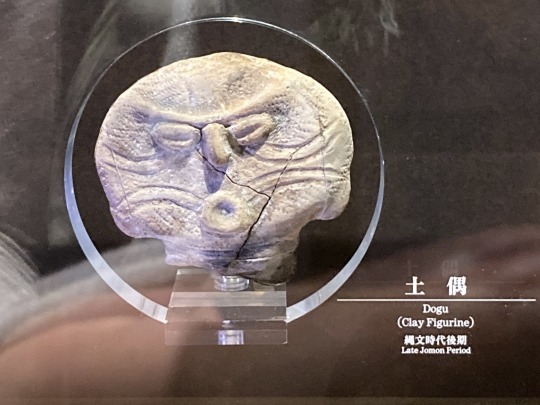
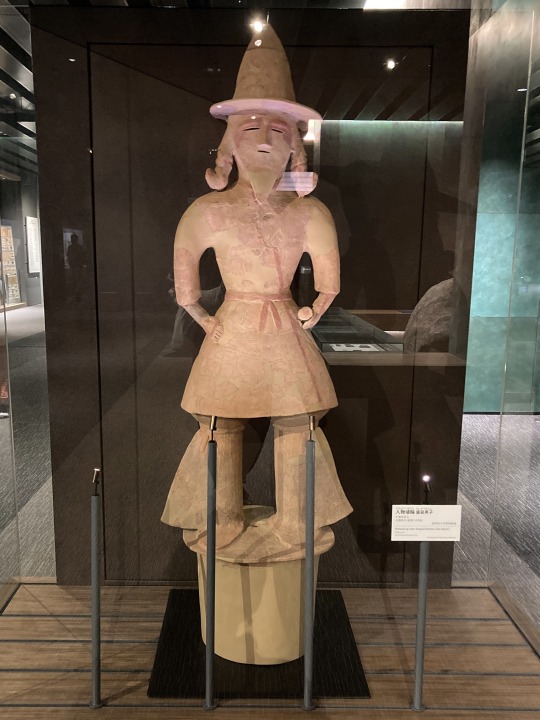
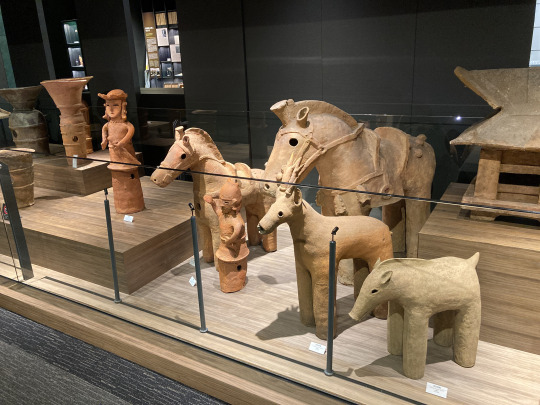
人面土器。
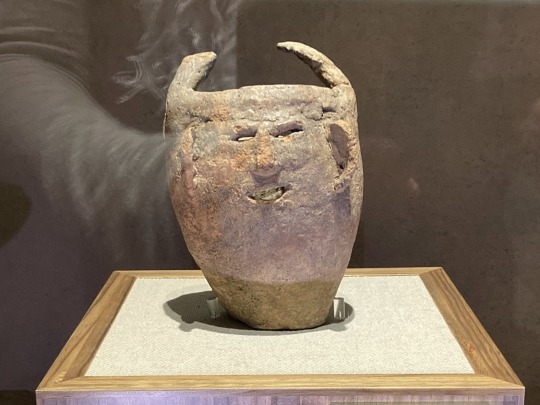
玄関先にもかわいい埴輪のキャラクター。

2 notes
·
View notes
Text
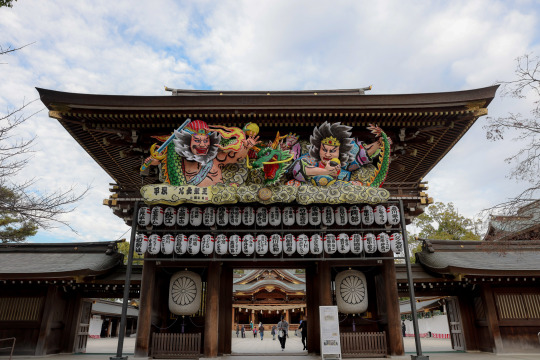
毎年恒例とかを続けることが嬉しい。相模国一宮 寒川神社の冬至 ねぶた点灯式に来るようになって3年。

日本が好き。青森も好き。 2024は青森に行こう。
3 notes
·
View notes
Text
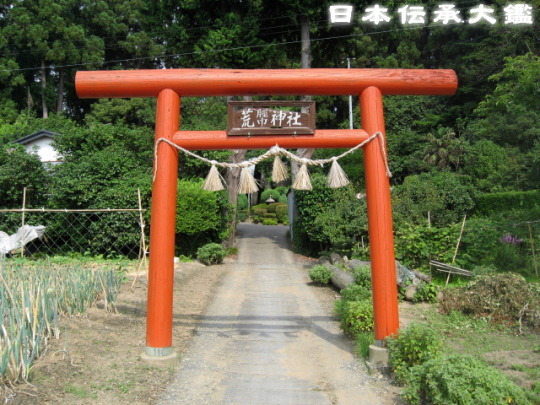



Sean bienvenidos japonistasarqueologicos a una nueva entrega del país del sol naciente en la que os, hablaré del Santuario Arashihiban, una vez dicho esto pónganse cómodos que empezamos. - El santuario Arashihiban, se localiza en la prefectura de Miyagi al noreste de Japón, en la isla de Honshu. Aragshinkan ¿A qué dios está dedicado? Es un dios que está envuelto en muchos misterios, además, es adorado en las regiones de Tohoku y Kanto. Arashiben-jinja se localiza en la ciudad de Tagajo y se desconoce la fecha exacta de cuando se construyó, pero consta en los registros del año 1774. - ¿En qué consiste el Tsugarusoto Sangunshi? Se trata de un antiguo documento, que fue descubierto por Kihachiro Wada. Sin embargo, ahora se podría tratar de una falsificación, Arahabaki aparece más el nombre de una familia que gobernó la región de Tsugaru(correspondería a los terratenientes europeos en Japón se les conoce como daimyō, en hiragana みょう). Dejen en los comentarios vuestra opinión, para debatirlo. - Espero que os haya gustado y nos vemos en próximas publicaciones que pasen una linda semana. Welcome Japanese archaeologists to a new installment from the land of the rising sun in which I will talk about the Arashihiban Shrine, so once you have said that, make yourselves comfortable and let's get started. - Arashihiban Shrine is located in Miyagi Prefecture in northeastern Japan, on the island of Honshu. Aragshinkan Which god is it dedicated to? It is a god that is shrouded in mystery and is worshipped in the Tohoku and Kanto regions. Arashiben-jinja is located in the city of Tagajo and the exact date of its construction is unknown, but it is recorded as being built in 1774. - What is the Tsugarusoto Sangunshi? It is an ancient document, which was discovered by Kihachiro Wada. However, it could now be a forgery, Arahabaki appears more the name of a family that ruled the Tsugaru region (corresponding to European landowners in Japan are known as daimyō, in hiragana みょう). Leave in the comments your opinion, for discussion. - I hope you liked it and see you in future posts have a nice week.
日本の考古学者の皆さん、日出ずる国からの新しい回にようこそ!今回は嵐播神社についてお話しします。 - 嵐播神社は宮城県にある。荒神館 どの神様を祀っているのですか?謎に包まれた神で、東北地方と関東地方で信仰されている。荒祭神社は多賀城市にあり、正確な創建年代は不明だが、1774年に創建されたと記録されている。 - 津軽外三郡誌とは?和田喜八郎によって発見された古文書である。しかし、現在では偽書である可能性もあり、アラハバキはむしろ津軽地方を支配していた一族の名前に見える。議論のために、あなたの意見をコメントに残してください。 - それではまた、良い一週間をお過ごしください。
28 notes
·
View notes
Text
youtube
愛媛県新居浜市に鎮座する黒島神社です。
Kuroshima Shrine is located in Ehime Prefecture.
2 notes
·
View notes
Text
Ninomiya Shrine is located in Tokushima Prefecture. Space is expanding towards the sky.
徳島県の二宮神社です。田舎なのに二宮の謎と調べてもよくわからず。
youtube
4 notes
·
View notes
Text
山梨県に当たる甲斐国一宮⛩️
864年に富士山が大噴火、その噴火を神様にお祈りして鎮めようと865年に淺間神社が建てられたそうです❣️
日本遺産にもなっているそうで、裏には十二支の石像が祀られていて、自分の干支の猿もお参りできました🙈








3 notes
·
View notes
Text



Love spells @ Sankoinari Shrine
Inuyama, Aichi, Japan
25 notes
·
View notes
Text
Mimusubi Essays on Shinto
By David Chart
An author who writes independently about Shinto and also translates for the Shinto Organizations in Japan, Jinja Honchō (Association of Shrines).
Bolding ones I definitely want to read but I'll probably buy the bundle on Kindle when I get around to reading them.
Myths of Izumo | 36
The Daijosai | 34
Izumo Ōyashiro and Miho Jinja | 33
Oharaëkotoba Izumo Yogoto | 55
Shinto Practice for Non-Japanese | 35
Imperial Origin Myths | 36
Offerings For The Kami | 37
Explaining Shinto | 31
Myths of Jinmu Tennō | 33
Myths of Creation and Amaterasu | 37
Myths of the First Emperors | ?
The Early History of Shinto | 26
Suinin Tennō and Yamato Takeru | 44
Myths of Okinagatarashihimë | 40
Shinto Liturgy | 44
Myths from Izumo Fudoki | 43
Myths from the Hitachi Fudoki | 41
Shinto on Ethics and Death | 43
Myths of the Harima Fudoki | 67
Myths from the Bungo & Hizen Fudoki | 50
Shinto Portrayals in Manga | 40
The pages don't seem to match up to the Kindle book pages so I'm assuming it the pages in the paperbacks, or maybe inaccurate. Total pages is 805 (missing 1 essay)
The Essays — Link
Amazon Profile — Link
Blog Mimusubi — Link
#Info#Reblogs#I've heard he's gotten better with his newer articles so that's nice#always good to use alongside other research :D
8 notes
·
View notes
Text



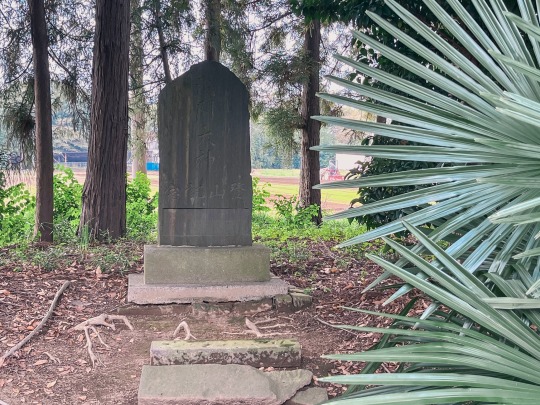



Instagram / X
3 notes
·
View notes
Text










津市 結城神社 梅の花
41 notes
·
View notes
Text

Sunrise from Fuji
2010 Kawaguchiko, Japan
101 notes
·
View notes
Text
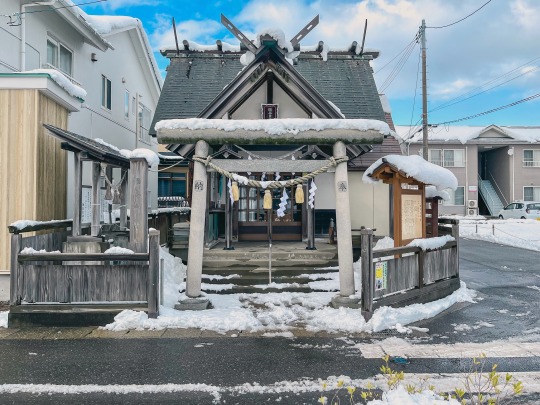

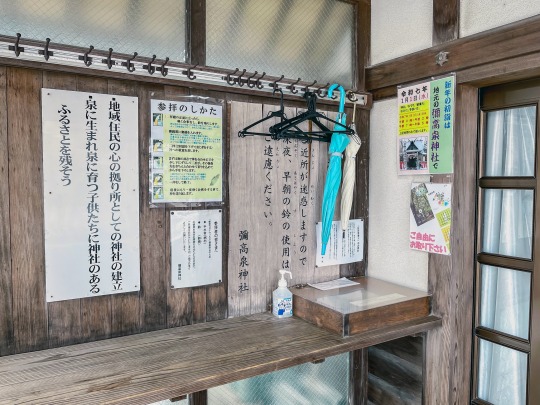



Instagram / X
11 notes
·
View notes
Text







Instagram / X
16 notes
·
View notes